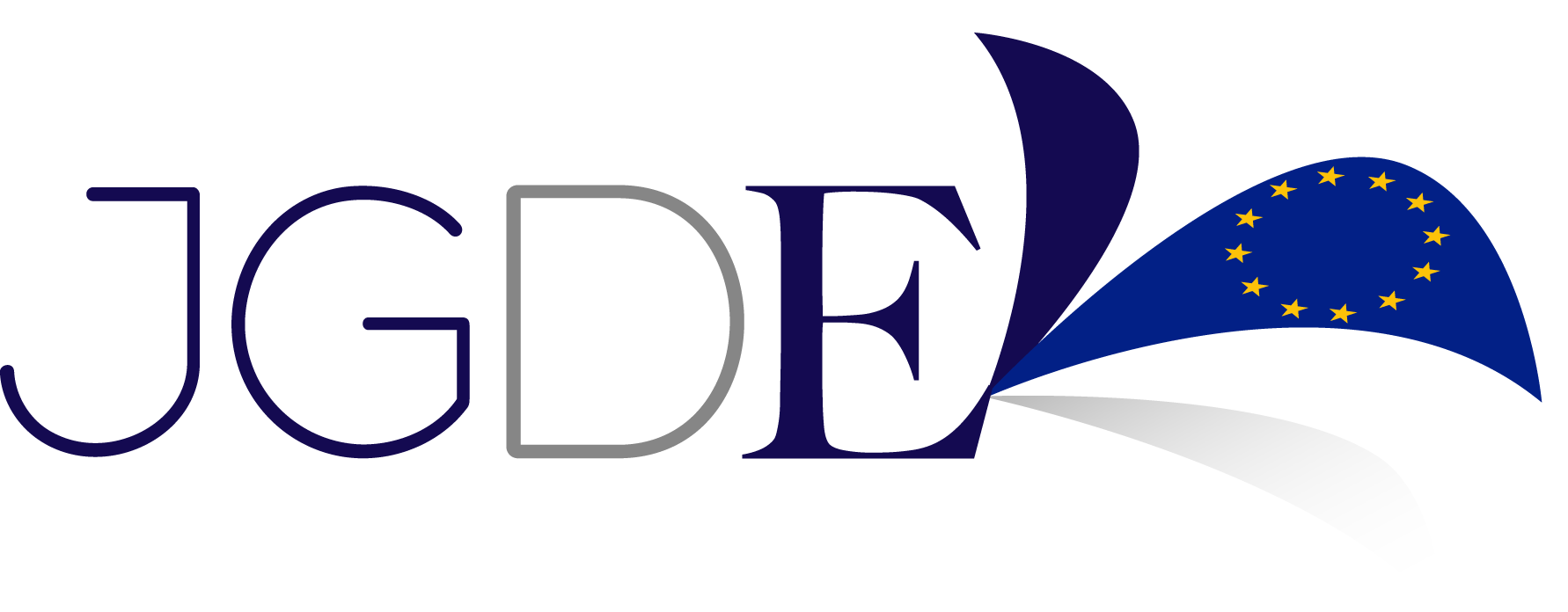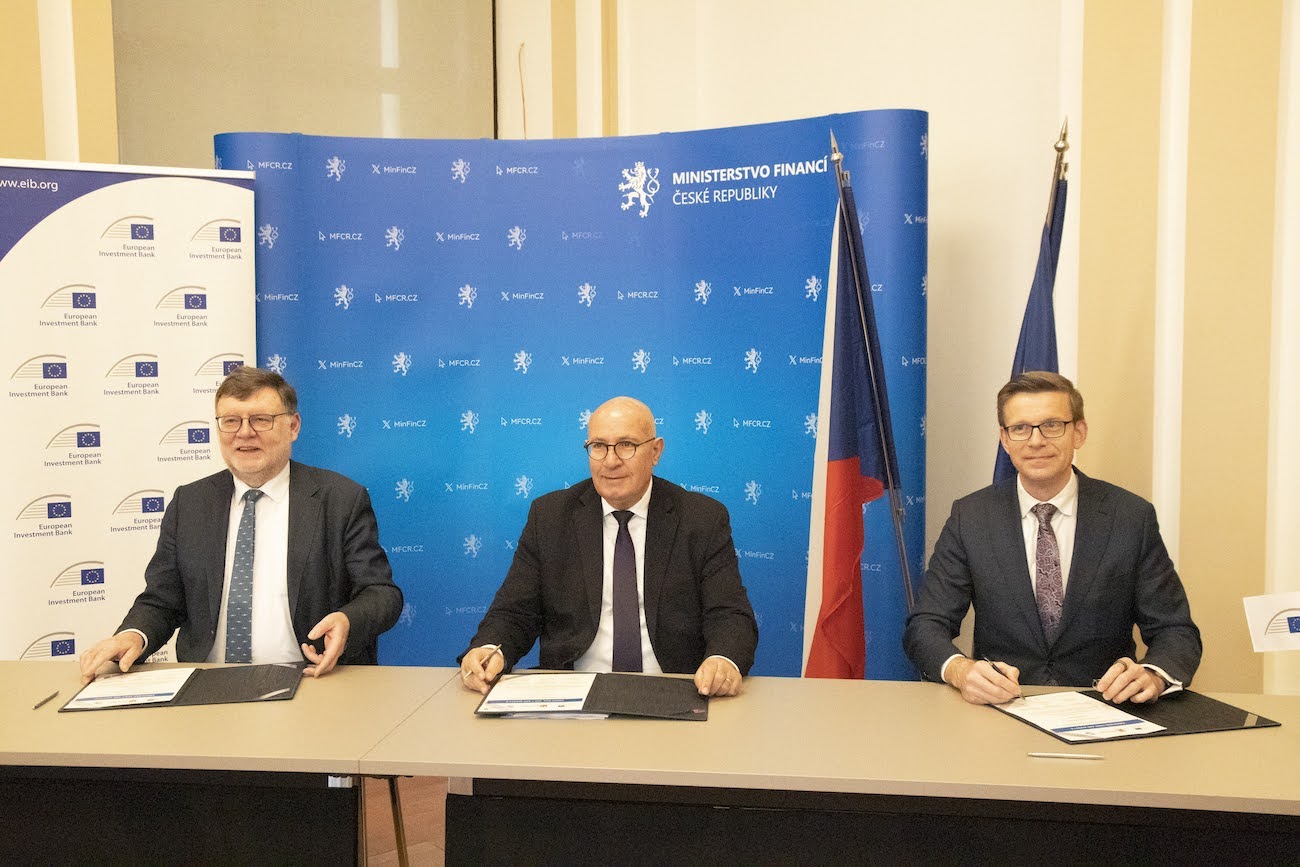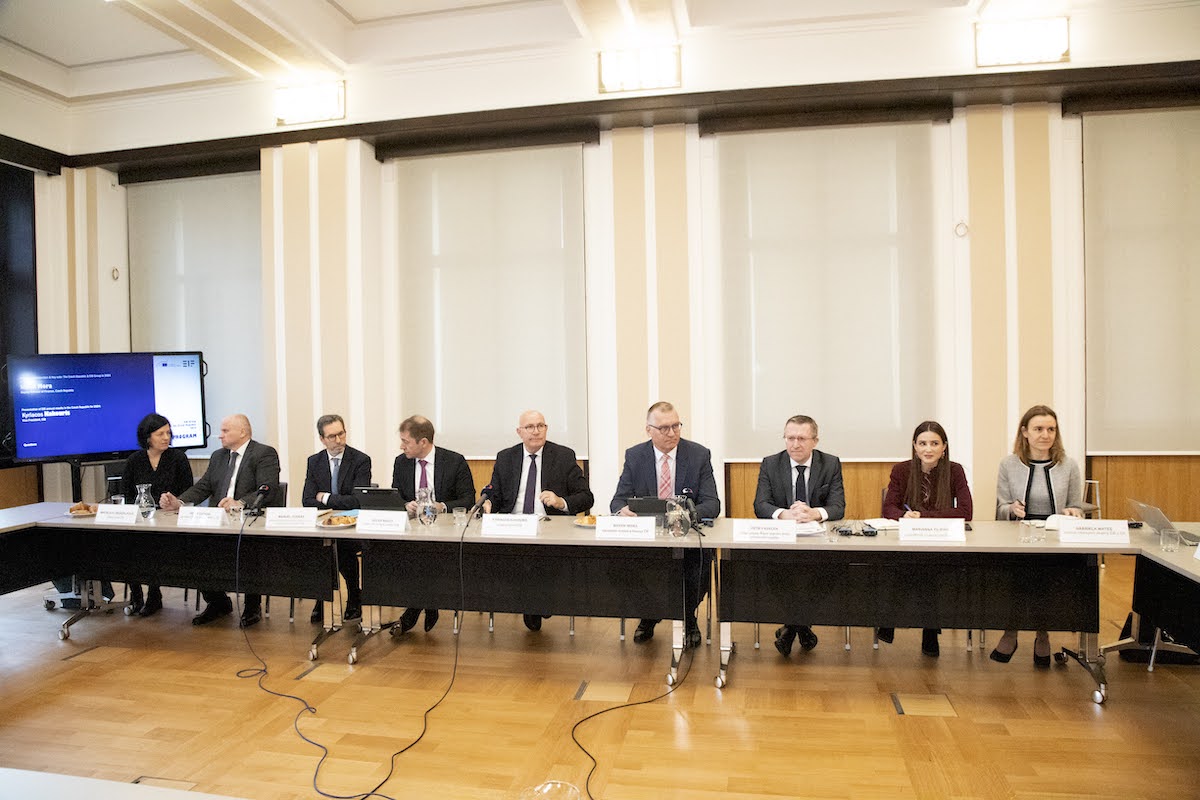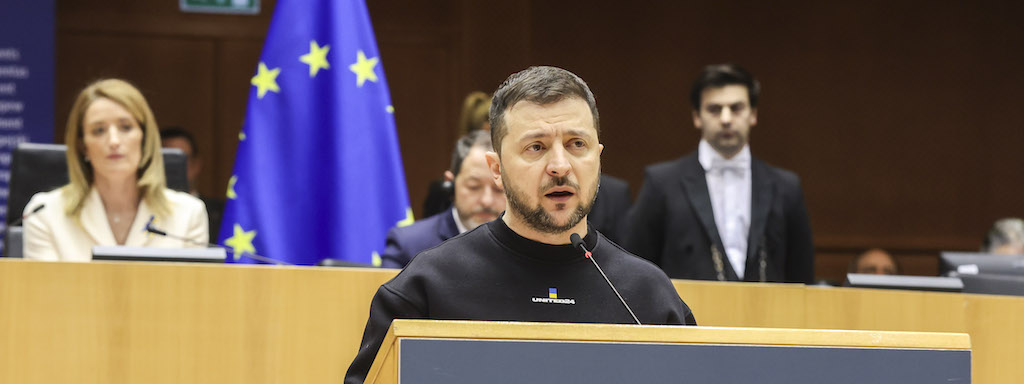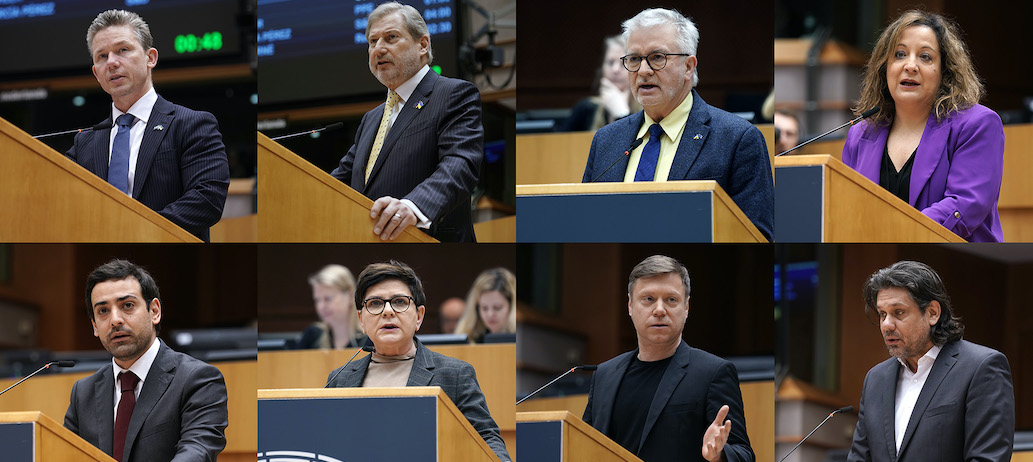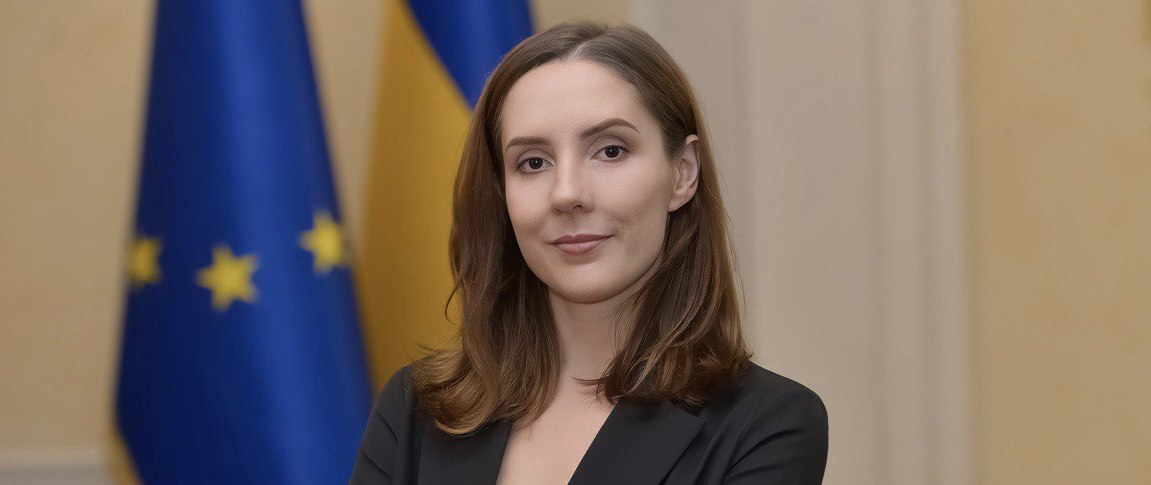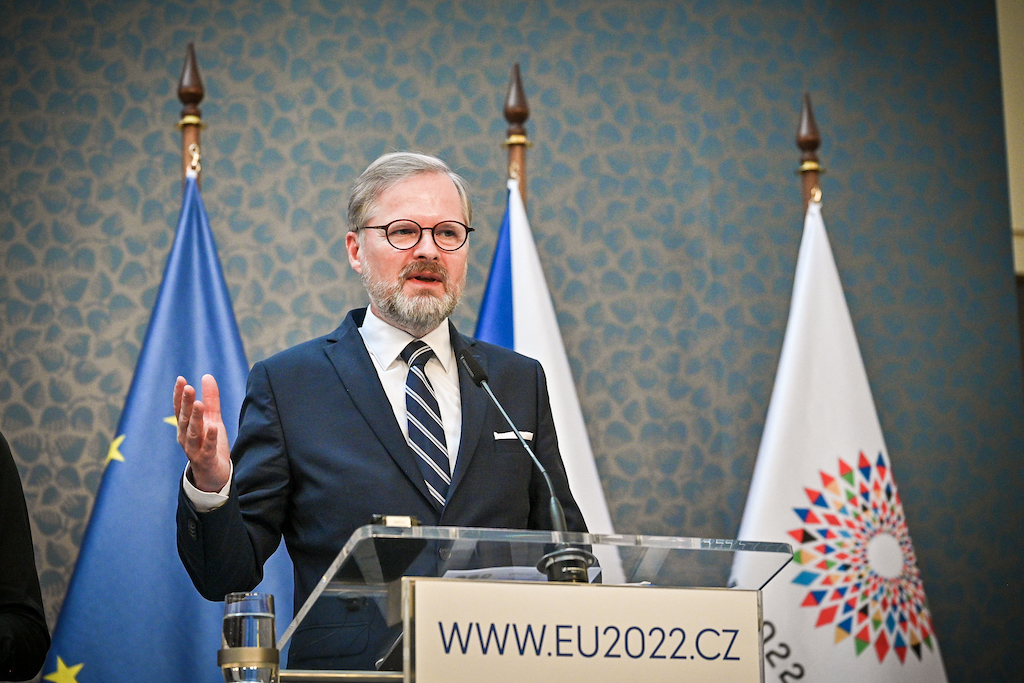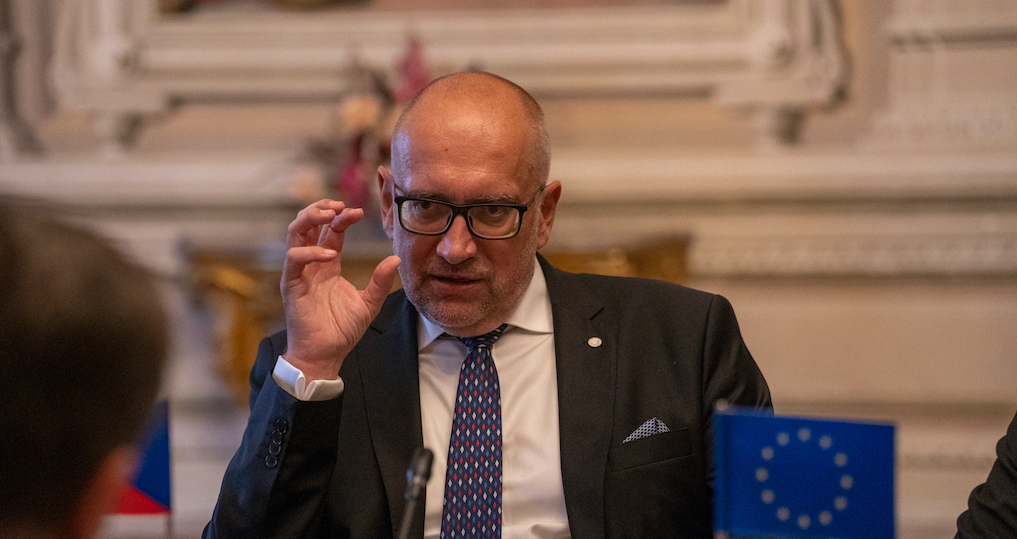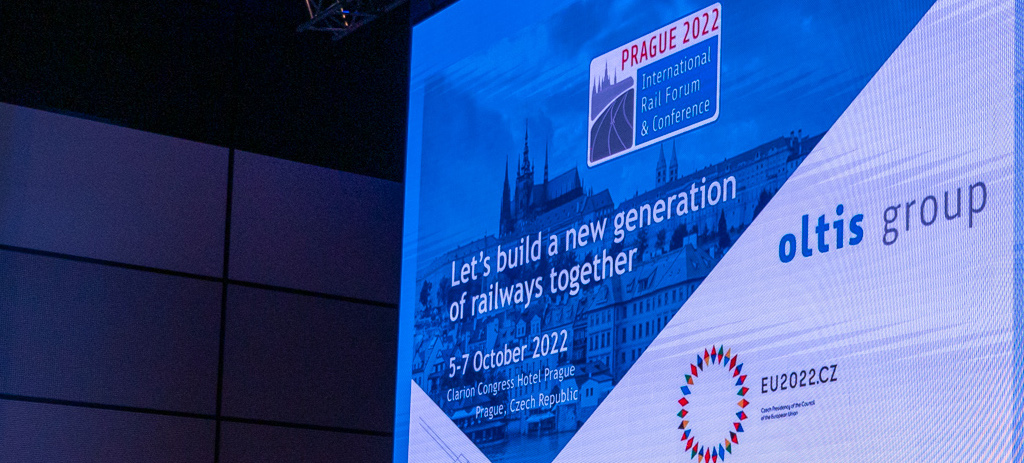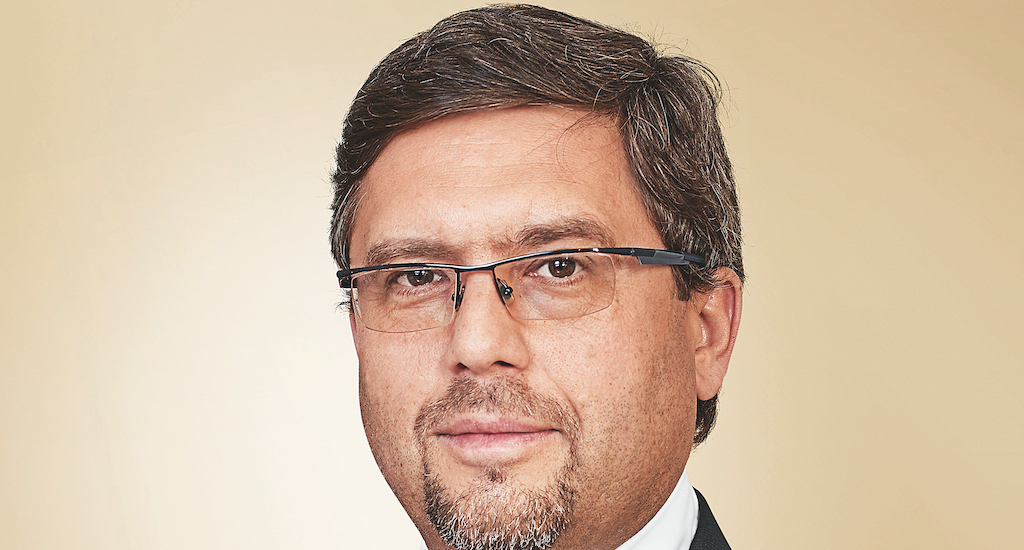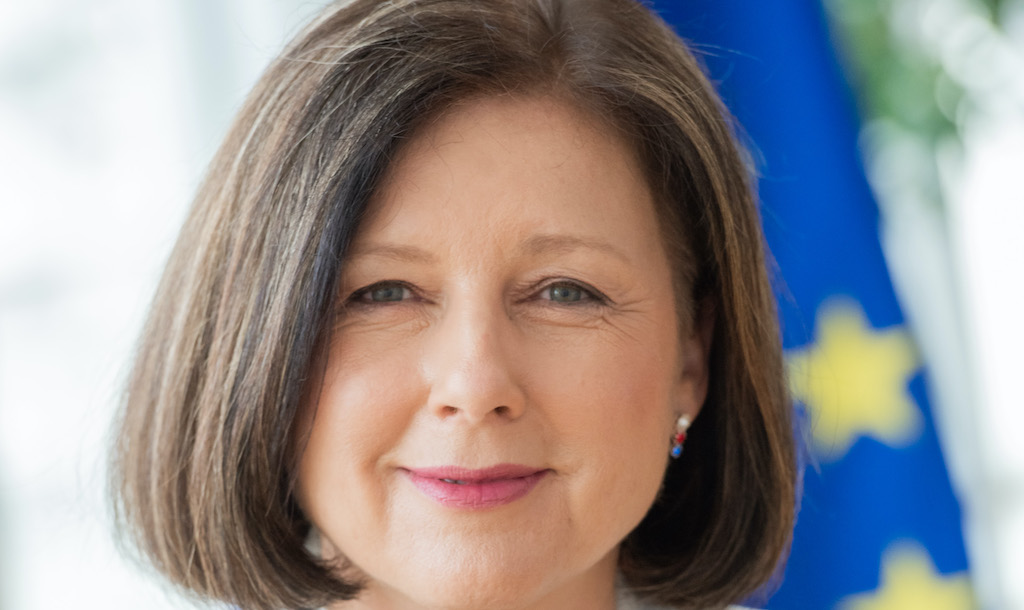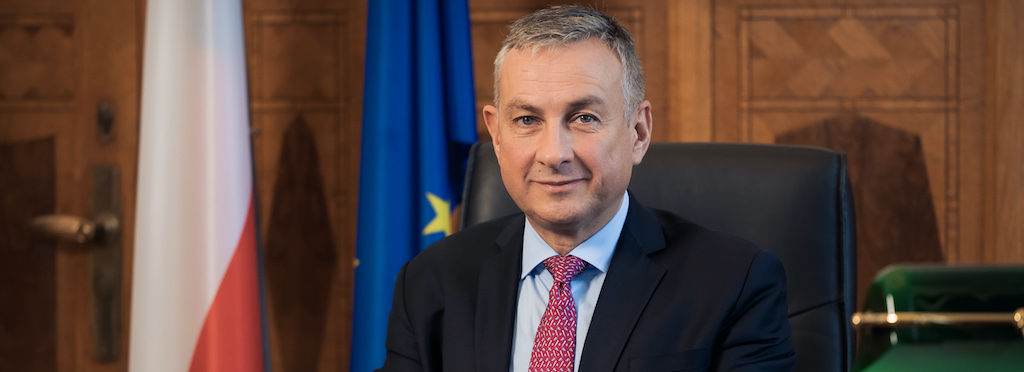The process to establish the next long-term budget of the EU for the period 2021-2027 has started. It’s about the future of Europe, about whether the EU does less, the same or more for its citizens.
This Q&A reflects Parliament’s position and the state of play before the outbreak of the COVID-19 pandemic. The European Commission has since announced that it will update its original May 2018 proposal for the next Multiannual Financial Framework (MFF) to adapt it to the need for economic recovery, as the health crisis has hit member states’ economies hard. This also reflects what MEPs had asked for.
Since the beginning of the crisis, Parliament has approved a series of measures, budgetary and other, to tackle the consequences of the pandemic, and adopted a resolution in April, requesting a more robust and ambitious MFF. Once the details of the Commission’s proposal are released, Parliament will further adjust its position.
The European Parliament wants a post-2020 budget reform which matches its political commitments and ambitions for the future of the EU and ensures the continuity of the EU’s main policies like the regional and agricultural policies. This budget should also address future challenges for a stronger and more sustainable Europe. It should promote peace, democracy, the rule of law, human rights and gender equality, boost welfare, economic growth, quality employment, solidarity between member states and citizens, and contribute to fighting climate change.
The EU budget is primarily an investment budget and cannot run a deficit, which makes it unique. Around 93% of the EU budget benefit citizens, regions, cities, farmers, universities and businesses. While the EU’s administrative expenses account for less than 7% of the total EU budget. Membership of the Single Market brings further economic benefits, in particular for Member States that rely heavily on international trade.
What is the MFF?
The MFF (Multiannual Financial Framework) is the EU’s long-term budget and usually covers a seven-year-period.
It is primarily an investment budget, pools resources to implement policies and brings an added value to the benefit of all EU citizens by delivering on common challenges such as fighting climate change and environment protection, digital challenges, defence and border security, social rights and jobs.
The MFF sets the limits for EU spending – as a whole and for different areas of activity – for the period it covers. It breaks EU expenditure down into broad categories – ‘headings’ – which correspond to the EU’s priorities and areas of action. For each year covered by the MFF there are fixed limits of expenditure, or ‘ceilings’.
There have been five multiannual financial frameworks (MFFs) to date. The fifth and current MFF covers the period 2014-2020 and was adopted on 2 December 2013.
The current MFF runs out on 31 December 2020. The one proposed by the EU Commission for 2021-2027 consists of a draft central regulation with the proposed figures and the legislative proposals for all 37 EU programmes.
Further reading:
Fact Sheets on the European Union – Multiannual Financial Framework
Why seven years?
The MFF’s long-term approach to funding ensures predictability and stability to implement EU policy goals, as well as for the beneficiaries and co-financers of the resources, as the EU budget is primarily an investment budget.
In the 1980s, the idea of a multiannual financial perspective was developed as a way to reduce conflict between the EU institutions, strengthen budgetary discipline and improve the implementation of the budget through better planning.
Article 312 of the Treaty on the Functioning of the European Union stipulates that the multiannual financial framework “shall be established for a period of at least five years”.
The European Parliament now promotes a five-plus-five-year budget cycle, so as to align it with the five-year legislative cycle of the European Union.
Further reading:
What is the size of the current MFF (2014-2020)?
The MFF resources for commitments over the entire 2014 to 2020 period amount to €1,087.2 billion in current prices (or €963.5 billion in 2011 prices).
For an explanation on commitment and payment appropriations see below.
Source of the infographic: EPRS, European Commission
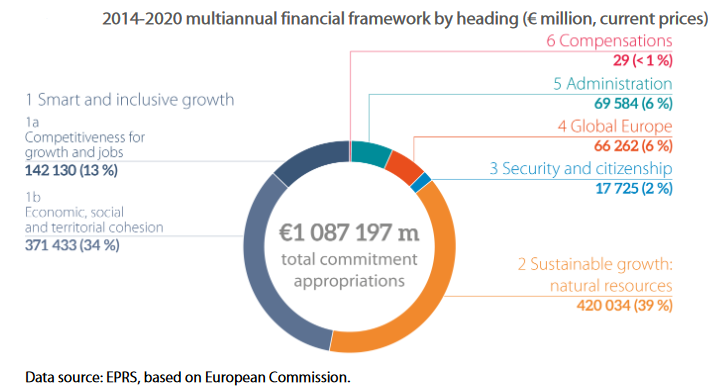
How does EU spending compare to national spending?
The EU budget is small compared to national budgets.
Member states spend on average 47.1% of their GNI at national level, while the MFF represents just over 1% of EU GNI – for the benefit of the whole EU. So the budget of the Union represents between a 40th and a 50th of national expenditure.
In absolute figures, if you compare the annual EU budget with the average national one, it becomes clear that the EU budget is much smaller:
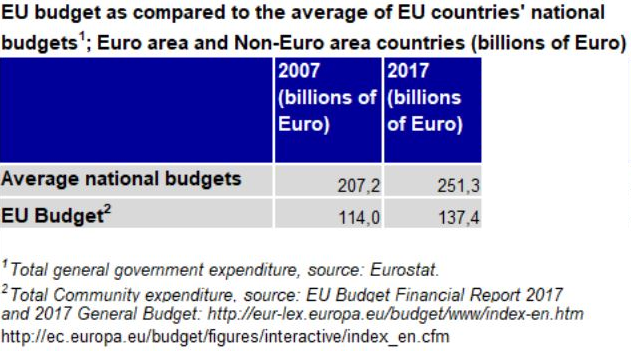
How is the MFF decided?
The current MFF (2014-2020) was the first to be adopted under the new provisions of the Treaty of Lisbon, according to which the Council, which represents the Member States, must unanimously adopt the MFF regulation after obtaining the consent of Parliament (meaning that the Parliament has a de facto right of veto).
The provisions also provide for the Council to decide on the MFF by a qualified majority.
Further reading:
Article 312 of the Treaty on the Functioning of the European Union
EP after the Lisbon Treaty: Bigger role in shaping Europe
The European Council and the Multiannual Financial Framework
How is the money spent?
The funds allocated in the MFF are spent through annual budgets.
The EU annual budget has to be approved jointly by the Council (representing the Member States) and Parliament – the two arms of the EU budgetary authority. Council and Parliament thus decide on an equal footing in the annual budgetary procedure.
The annual EU budget must respect the budgetary ceilings agreed under the multiannual financial framework (MFF) for the different programmes and policies, such as cohesion policy, agriculture and external relations.
The budget also includes flexibility instruments to ensure that the EU can react in the event of unexpected circumstances and needs, such as the migration and financial crises or in the event of a natural disaster.
Further reading:
Infographic: Budgetary powers (budgetary procedure)
Where does the money go?
About 93% of the EU budget funds activities on the ground in the EU Member States and beyond. It benefits citizens, regions, cities, farmers, researchers, students, NGOs and businesses.
The EU’s administrative expenditure accounts for less than 7% of the total EU budget. This includes administrative costs for all the EU institutions (mainly the European Commission, Parliament and EU Council), including the translators and interpreters needed to make information available in all of the EU’s official languages.
The EU budget is unique as it cannot run a deficit and unlike national budgets, which are used in large part for providing public services and funding social security systems, the EU budget is primarily an investment budget.
Further reading:
How the EU budget is spent: Compendium of briefings by the European Parliamentary Research Service (single articles here)
Examples of EU funded projects (EU Commission)
Source of the infographic: European Commission
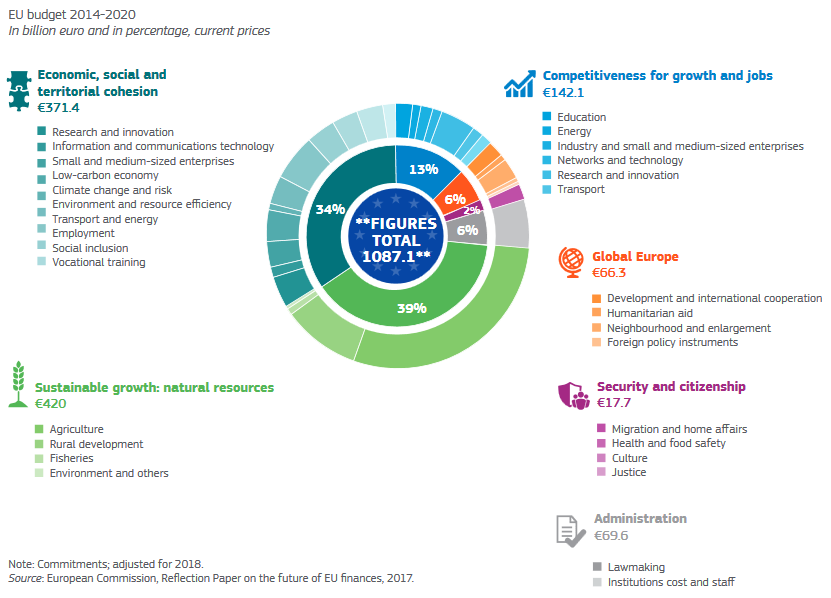
How does the MFF benefit EU member states?
Whatever way you look at it, for any single Member State, the benefits of the single market alone – even if you take the most conservative estimate – are multiples of their national contribution (source: European Commission).
The “net-payer-debate” does not take into account all of the economic and non-monetary benefits that Member States gain from EU membership. In many policy areas with cross-border characteristics and demand for critical mass, common action at the EU level may lead to better results than fragmented national initiatives. Several studies show that the Single Market has increased employment and growth. The effect of the Single Market deepening since 1990 has been quantified by 3.6 million new jobs. Additionally, EU GDP would be 8.7% lower if there had been no Single Market integration. The average EU citizen gains €840 more per year thanks to the Single Market.
A net budgetary balance is a highly misleading indicator of the benefits from EU spending and EU membership. Budgetary decisions taken on the basis of this indicator result in poor policies as they are biased towards programmes with monetary backflows into Member States. This ‘juste retour’ mentality is a major obstacle to achieving more European added value through the EU budget. The deeper underlying cause of this misleading and detrimental net balance preoccupation is the high salience and political appeal of backflow policies, with their easily identifiable national and regional beneficiaries. Policies whose European benefits are more dispersed and do not entail payments into Member States do receive less voter and policy support (source: European Parliamentary Research Service).
Further reading:
Europe’s two trillion euro dividend: Mapping the Cost of Non-Europe, 2019-24 (European Parliamentary Research Service)
Technical briefing on the EU’s next long-term budget (European Commission)
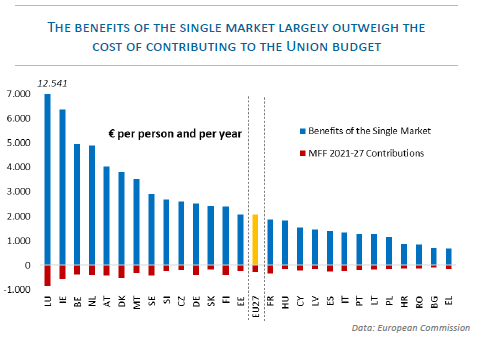
Where does the money come from?
The EU budget is financed by three main sources of revenue: traditional own resources (customs duties and sugar levies), the own resource based on a harmonised base of value added tax (VAT), and the own resource linked to Member States’ GNIs, which plays the role of balancing the budget.
Currently, the bulk of revenue (77% in 2018) is a GNI-based and a VAT-based resource. Member States perceive them as national contributions rather than EU own resources.
Further reading:
Factsheets on the European Union – The Union’s revenue
EU Own Resources (background briefing)
Own resources of the European Union: Reforming the EU’s financing system
Source of the infographic: European Commission, EPRS
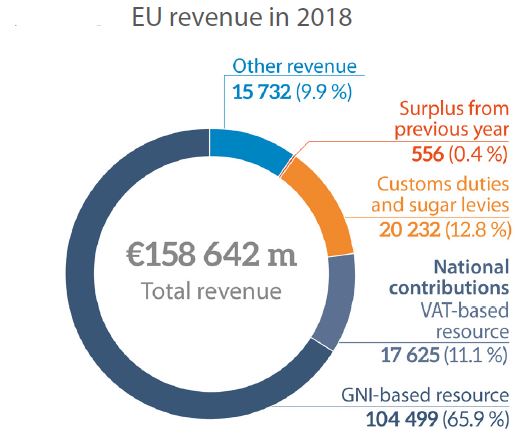
THE NEXT MFF – What is at stake?
It is about the future of Europe – about whether the EU will do more, the same, or less for its citizens after 2020.
Since the beginning of the current MFF, the 2014-2020 programming period, the EU budget has been confronted with new challenges stemming from growing instability in its neighbourhood, the migration crisis, security threats as well as a continued significant investment gap in the EU in the aftermath of the financial and economic crisis.
Fighting climate change is another challenge. Parliament has recently called (in its October 2019 resolution) for climate mainstreaming in the EU budget to be further stepped up, to guarantee sufficient resources allowing a just transition to a carbon-neutral economy.
In addition, the EU also has the ambition to fund a closer cooperation on defence. Last but not least, the UK leaving the EU implies a significant budgetary shortfall.
Therefore, the 2021-2027 MFF “should provide the Union with the necessary resources to boost sustainable economic growth, research and innovation, empower young people, effectively address the challenges of migration, fight unemployment, persistent poverty and social exclusion, further strengthen economic, social and territorial cohesion, address sustainability, biodiversity loss and climate change, strengthen the EU’s security and defence, protect its external border and support the neighbourhood countries.” (from the November 2018 resolution on the EP’s position on the MFF).
The 2021-2027 Multiannual Financial Framework in figures (Comparison of the Commission’s proposal and the EP’s position)
Further reading:
Fact Sheets on the European Union – Multiannual Financial Framework
EU budget for the future (Commission webpage)
THE NEXT MFF – What is the EP’s position?
The 2021-2027 Multiannual Financial Framework in figures (Comparison of the Commission’s proposal and the EP’s position)
November 2018 resolution (Press release here)
→ Parliament has been ready to negotiate since November 2018.
Based on a bottom-up assessment of the resources needed to meet objectives in each EU policy area, Parliament estimates that the new MFF should be set at 1.3% of EU-27 GNI (Commission proposes 1.11%, Council has no position yet).
Parliament calls for further investments in areas such as youth, research and innovation, environment and climate, infrastructure, SMEs, digitalisation and social rights, while maintaining the financing of existing EU policies in real terms such as agriculture, cohesion and fisheries.
October 2019 resolution (Press release here)
→ After the European elections in May 2019, Parliament confirmed its 2018 position on the MFF and Own Resources reform in a resolution adopted in October 2019.
This resolution reconfirms the necessity to put in place a new mechanism to protect the EU budget where the rule of law is not respected and welcomes the commitments to new political initiatives made by Commission President Ursula von der Leyen in July 2019, underlining that these initiatives should receive fresh appropriations on top of the Commission’s initial budget proposal.
With regard to the European Green Deal, climate mainstreaming in the EU budget should be stepped up and adequately financed to facilitate a just transition to a carbon-neutral economy, to ensure that nobody is left behind.
Furthermore, Parliament calls for the immediate launch of interinstitutional negotiations, stressing that Parliament’s legislative prerogatives cannot be pre-empted by a political decision in the European Council.
Parliament also calls on the Commission to prepare a contingency plan to extend the current MFF (2014-2020) to protect beneficiaries of EU funds, should it prove impossible to finalise negotiations with Council in time.
Further reading:
Visualising the proposed Multiannual Financial Framework 2021-2027 (Infographic)
Recent MFF-related press releases
Commission’s proposal for the new MFF 2021-2027 from May 2018
THE NEXT MFF – Who negotiates on behalf of the EP?
The EP’s negotiating team for the next MFF and Own Resources reform:
Johan Van Overtveldt (ECR, BE), Chair of the Committee on Budgets
Jan Olbrycht (EPP, PL), MFF co-rapporteur
Margarida Marques (S&D, PT), MFF co-rapporteur
José Manuel Fernandes (EPP, PT), Own Resources co-rapporteur
Valérie Hayer (RENEW, FR), Own Resources co-rapporteur
Rasmus Andresen (Greens/EFA, DE)
Follow them on Twitter: https://twitter.com/EP_Budgets/lists/mff-negotiation-team
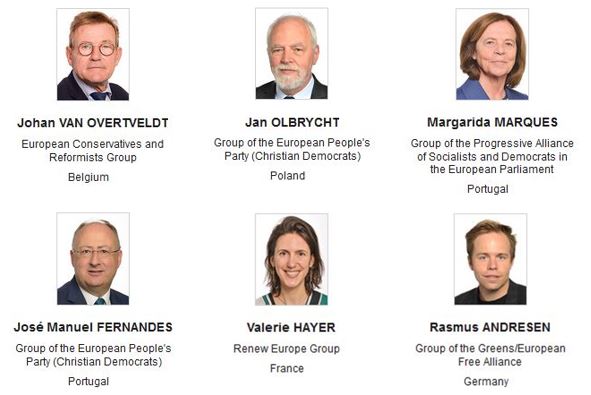
THE NEXT MFF – What is the EP’s position on the Own Resources Reform (EU revenue)?
Parliament underlines that it “will not give its consent to the MFF without an agreement on the reform of the EU own resources system”. Expenditure and revenue should thus be treated as a single package according to Parliament.
The EP advocates maintaining existing own resources and progressively introducing new ones. GNI-based direct contributions from EU member states should be reduced accordingly.
For Parliament, the potential candidates for new own resources are:
It insists on the abolition of all rebates and corrections, the simplification of the VAT-based own resource, the reduction of national ‘collection costs’ withheld on customs duties, and the inclusion of other revenue in the form of fines and fees in the EU budget.
In November 2018, Parliament adopted its position on the reform of the EU’s system of own resources along with the one on the MFF 2021-2027 in their MFF interim report. It confirmed their position after the European elections in October 2019.
Further reading:
Factsheets on the European Union – The Union’s revenue
Own resources of the European Union: Reforming the EU’s financing system
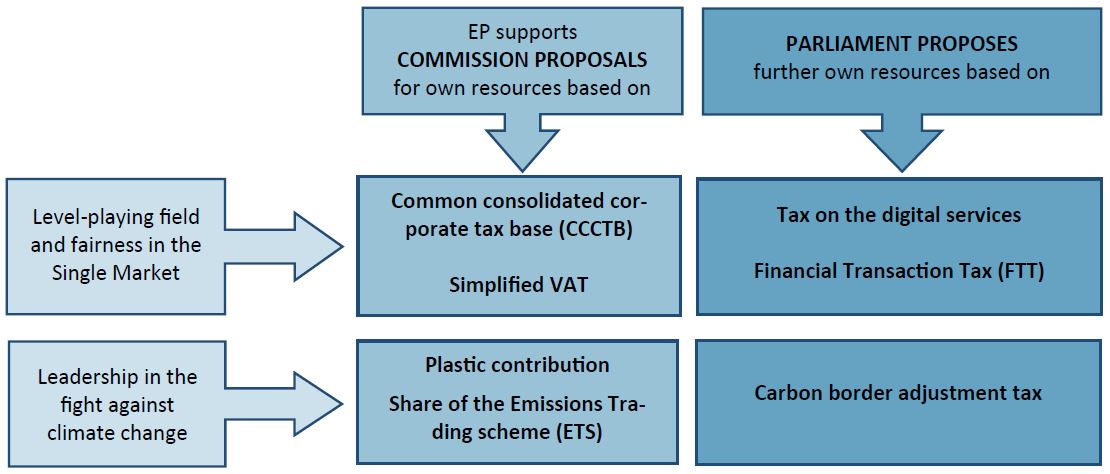
THE NEXT MFF – Special EU budget summit of member states on 20 February 2020
After the 20 February European Council meeting on the next MFF, the President of the European Parliament David Sassoli as well as the MFF negotiating team expressed their disappointment with the meeting’s outcome.
The negotiating team’s analysis of Charles Michel’s proposal for the 20 February summit is elaborated in the following documents:
THE NEXT MFF – What is the timeline so far?
You can find a chronology of MFF-related events here:
The Council has also published a timeline:
The Commission’s timeline is here:
https://ec.europa.eu/commission/future-europe/eu-budget-future_en
What are commitment and payment appropriations in the EU budget?
Given the need to manage multiannual actions, the EU budget distinguishes between commitment appropriations (the cost of all legal obligations contracted during the current financial year, possibly bearing consequences in the following years) and payment appropriations (money actually paid out during the current year, possibly to implement commitments entered into in previous years). For this reason, the level of payments is usually higher in the last years of a multiannual financial framework.

